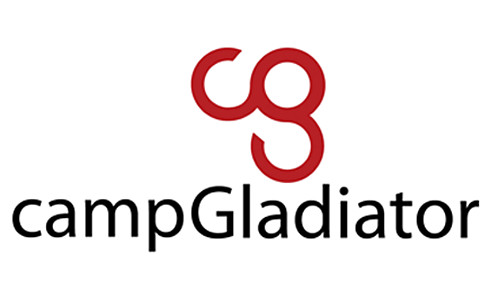Written by: Dennis Meszler, Sports Physical Therapist at Raleigh Orthopaedic Performance Center in Cary
Last week I was working through a treatment session in which I am using dry needling as part of the program. After we had treated a few trigger points in her anterior hip musculature she said, “so why didn’t someone tell me about this before?” After asking her a couple follow-up questions, I realized her comment had different layers.
First, I think it speaks to the power of dry needling as a treatment option. After nearly 20 years of working with patients, I’ve realized that many times when you find the correct treatment modality and/or treatment area they realize it quickly. Somehow the body just tells you that you are working on the area that needs it. I know for a fact I’ve heard more statements like that over the past 4 years of using dry needling in my treatment programs than ever before.
Secondly, as she realized that she felt as though she was achieving something she had not been able to achieve before, even after three hip surgeries and other attempts at physical therapy, she was letting out some frustration.
Thirdly, she started to analyze what it may mean in regards to her previous treatments. Maybe everything she had done before wasn’t necessary? We will never know that for sure and we are only at the beginning of this treatment plan so we don’t know how things will turn out, but she was encouraged by what she was feeling. She was brainstorming with me and wondering if previous treatment had been able to analyze her movement and identify dysfunctional muscles, prior to her situation progressing to the point it had, would she ever have needed surgery in the first place or maybe not the second surgery, or at least maybe not the third?
That is the main thought I’d like to shine a light on in this post. How can we be more proactive at treating musculoskeletal issues before they happen? We visit the dentist a couple times a year for preventative care. We have our yearly physical with our doctor attempting to indentify issues before they progress. Why not do the same thing in regards to movement health. Finding a good physical therapist that can identify flexibility or strength limitations as well as less efficient movement patterns can achieve the same preventative goals that our visits to the dentist and doctor can do.
We do many things in our day to day lives that can lead to movement problems. Sitting too much is the king of all problems, right? While that is debatable, any posture for extended periods of time can lead to issues. The other typical culprit leading to issues is repetitive motions. These can range from sport or exercise movements, to work tasks or even to simple day to day habits like always putting your weight through one leg while standing. As our muscles fatigue or get overused our bodies start to compensate, often times in ways we aren’t even aware of. Identifying the poor movements and being able to selectively stress and then test the structures that may be leading to the issues is where your PT will help you. Once these deficits are indentified, they will be able to show you techniques to reset the system and return efficient movement. Take advantage of October being National PT Month and try to get the ball rolling on better, safer, more efficient movement.
Dennis Meszler PT, MPT, SCS
Sports Physical Therapist
Dennis has 19 years of Physical Therapy experience in orthopedic settings. The last 6 years have been in a Sports Performance setting aimed at return to sport and maximizing athletic potential.
Education:
Bachelors Degree in Biology from University of Rochester in 1994
Masters Degree in PT from University of Delaware 1997
Sports Residency Program at University of Delaware 1997-1998
Sports Certified Specialist through the American Physical Therapy Association in 2005; recertified in 2015.









